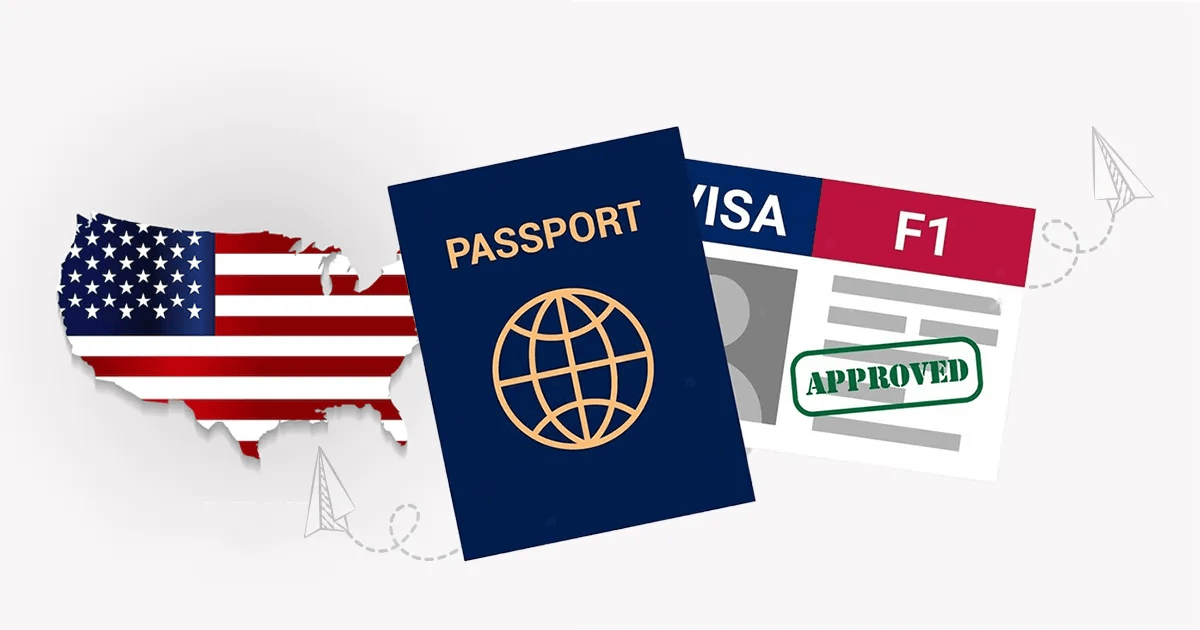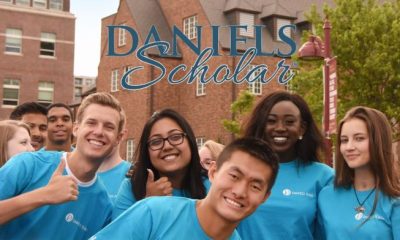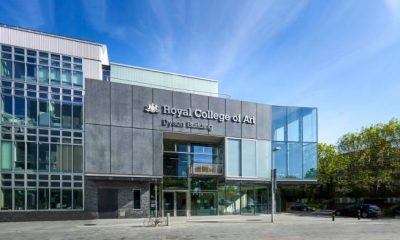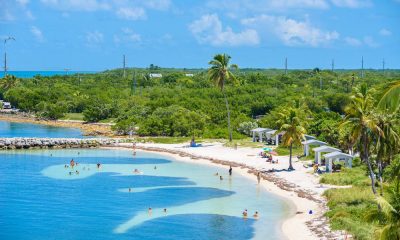Travel
Student Visa: F1 Visa Application, Requirements, Documents & More

The most common visa for students wishing to study in the United States is the F-1 student visa. It is a temporary visa for foreign students who wish to study at an accredited school or college in the United States.
F-1 Student Visa Application
The steps required to apply for an F-1 student visa may vary based on the U.S. embassy or consulate where you chose to submit your application. Visit USEmbassy.Gov to confirm the requirements for your specific U.S. embassy or consulate.
To begin the process of obtaining an F-1 student visa, you’ll need to:
- Fill out the Online Nonimmigrant Visa Application, Form DS-160. Print this application form confirmation page and bring it to your F-1 student visa interview.
- Upload Your Photo –Follow the photograph requirements and submit with the online application.
After submitting your online application, you can schedule an interview at any US Embassy or Consulate. It is better to schedule an interview in the area where you hold permanent status. Apply for your F-1 student visa as soon as possible because interview wait periods vary depending on location and season.
F-1 Student Visa Requirements:
- The selected program must be an accredited academic educational program, a language-training program, or a vocational program.
- The student’s school must be accepted by the Student and Exchange Visitors Program as well as Immigration and Customs Enforcement.
- The student must be enrolled as a full-time student.
- The student must be able to demonstrate proficiency in the English language or be enrolled in courses to reach that proficiency.
- The student must have efficient funds to be financially independent during the course of the study.
- The student must not release his/her acquired residence abroad.
F-1 Student Visa Required Documents:
There are a few documents that you are required to obtain prior to your F-1 student visa interview and have with you on the interview date. Failing to have these documents can jeopardize the approval of your F-1 student visa.
- Valid Passport – Your passport must be valid for at least six months beyond your period of stay in the United States.
- Nonimmigrant Visa Application, Form DS-160 confirmation page
- Application fee payment receipt
- Photo – If your photo failed to upload while completing your online nonimmigrant visa application, you must bring a printed photo that meets the requirements to the interview.
- Certificate of Eligibility for Nonimmigrant (F-1 or M-1) Student Status, Form I-20 – Your school will send you a SEVIS-generated Form I-20 once they have entered your information in the SEVIS database. You and your school official must sign the Form I-20.
Additional Documents
- Demonstration of your academic preparation, such as:
- Transcripts, diplomas, degrees, or certificates from schools you attended
- Standardized test scores required by your U.S. school.
- Your intent to depart the United States upon completion of the course of study.
- How you will pay all educational, living and travel costs.
F-1 Visa Interview
Digital fingerprints will be captured and stored at the F-1 student visa interview. Consular officers will assess if you meet all visa criteria. After the interview, your visa may undergo administrative processing, which takes about 60 days.
After F-1 student visa approval, you can check visa processing time to pick up or deliver the visa.
F-1 Student Visa Work Permit:
Students on an F1 visa are not permitted to work off-campus in their first year. However, they can work on campus under certain regulations. After a student’s first year, they may engage in certain types of employment off-campus provided that it is related to their area of study:
- Curricular Practical Training (CPT) – You can work on CPT either full-time or part-time.
- Optional Practical Training (OPT) (pre-completion or post-completion) – While school is in session, you may only work 20 hours per week.
- Science, Technology, Engineering, and Mathematics (STEM) Optional Practical Training Extension (OPT)
F-1 Visa to Green Card
Work, family, and school-related immigrants often want to stay in the U.S. However, switching from a nonimmigrant visa to an immigrant visa (green card) is difficult for several visas. Dual intent allows visa holders to pursue lawful permanent residence while in nonimmigrant status.
H-1B and L-1 visas are dual-intent, but others are not. These unfortunate few include the F-1. Applying for a green card under F-1 status may result in a denial, a violation of status, and a temporary bar from reentering the US.
Can F-1 visa holders acquire green cards?
Yes, but not from F-1 to green card. First, an F-1 student must convert status to a dual-intent nonimmigrant visa. Consider H-1B, E-1/E-2, L-1, and O-1 visas. If you qualify for any of these visas, you or your employer must file an I-129 petition with fees and accompanying documents. The yearly H-1B lottery has specified requirements.
Your dual purpose visa allows you to apply for a green card instantly. Choose a green card that matches your qualifications. EB-3 may be ideal for young students with minimal work experience. EB-2 may be superior for later-life master’s degree holders.
Wait until your priority date is current after you or your employer files the green card petition. The USCIS receives your petition today. Check the monthly Department of State visa bulletin. Your date will be current and a visa number available when your green card and country of origin final action date equals or passes your priority date.
Two choices remain. Since you are in the U.S. as a nonimmigrant, you can file an I-485 to alter your status. It takes six months and is expensive. However, consular processing requires you to file a DS-260 application and visit the U.S. Consulate or Embassy in your home country for an interview. Depending on your consulate’s caseload, this may appear inconvenient but speedier.
Your green card will be mailed to you if your I-485 or consular interview goes successfully.
Canadian and Mexican Commuters:
The F-3 Visa is intended for Canadian and Mexican residents who seek to study in the United States while remaining in their home country. Students must attend an accredited community/junior college, vocational school, or university located 75 miles from the United States’ land border port of entry. Students are not permitted to live in the United States.






















